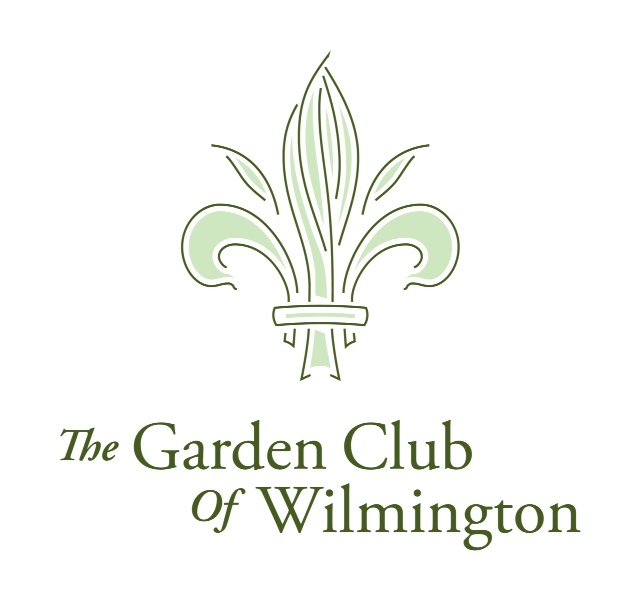GARDEN HISTORY & DESIGN COMMITEE
The committee educates Members about trends in contemporary American landscape and garden design. The committee is charged with providing written and photographic documentation of a local garden for consideration and inclusion in the GCA Collection at the Archives of American Gardens, by researching, documenting and photographing important local gardens past and present, large and small, simple or complex, classical or vernacular.
TIDBITS FROM THE ARCHIVES OF AMERICAN GARDENS - The Funny Thing about Follies
Many people hold the opinion that a ‘folly’ should be avoided – the word derives from the Old French ‘folie,’ the same one that gave us ‘fool’ and ‘foolish,’ and is commonly applied to errors in judgment – however, some follies fall into a different category. A folly, in gardens, is a structure that puts its form (often frivolous) above its function. The most readily identified example is probably the artificial ruin – a structure often modeled after Greek or Roman artifacts, sometimes crafted with deliberate signs of “decay.”
Glass lantern slide of Eleutherian Mills. Wilmington, Delaware. c. 19302. Garden Club of Wilmington.
The creation of follies may have slowed since their heyday, but they are far from forgotten. The Folly Fellowship is a group dedicated to folly preservation in the United Kingdom. On Flickr, a folly photo group has uploaded thousands of images (though traditionalists might take issue with some, including gazing balls, gnomes and pink plastic flamingos). A folly may delight, surprise, confuse or amuse, but it is certainly a treasure worth documenting.
A “ruin” in Eleutherian Mills. Wilmington, Delaware. c. 1930s. Garden Club of Wilmington. 1970. Richard W. Lighty, photographer
Folly production began in Europe and peaked in the late 1800s. Marie Antoinette commissioned a grand example which still stands at Versailles. Supported by Corinthian columns and crafted of pure marble, the Temple of Love is Marie’s extravagant tribute to Cupid. Fans of Downton Abbey may recognize the follies from the grounds of Highclere Castle, a setting for the show. Among them is the celestial Heaven’s Gate, built high on a hill so that a hiker peering through it receives a phenomenal view of the estate.
Follies often have intriguing stories behind their playful facades. Eleutherian Mills, the first American home of the du Ponts, featured gardens decorated with “Italian ruins” including reflecting pools, terraces and classical sculpture. Ironically, in the latter half of the twentieth century the artificial ruins fell into neglect and were in danger of being lost before the site was turned into a museum.
To Read the August Smithsonian Museum Newsletter CLICK HERE. If you want to contact the Smithsonian Gardens for further information, click
Smithsonian Gardens, gardens@si.edu
THE GARDEN BLOG
The Garden Blog is a joint project of our Club’s Garden History and Design Committee and the Photography Committee. The blog is posted on the Club’s public website for all in our community to view. Together these two committees are working with our Members to document the rich garden history of some of the most glorious gardens in our area. The particular character and style are described in each narrative and and the splendor of these gardens have been captured by our Club’s photographers. CLICK HERE to see our recent postings. All club members, even those now living far from Wilmington, are encouraged to share stories and photos of their garden. Contact Linda Eirhart or Elaine Scott for more information about the project.
Garden History & Design Committee
Linda Eirhart, Chair
Elizabeth Mellon, Vice Chair
Barbara Cooch
Emily Deirtrick
Dolly Fisher
Libbie Fiechter
Ruthie Hoopes
Woodley Habgood
Cynthia HewittJ
oan Isken
Eliza Phillips
Nancy Reese
Beverly Rowland
Lynn Swartz
Susy Townsend
Meg Waldron
R E S O U R C E S
For over 25 years, the GCA has partnered with the Smithsonian Archives of American Gardens to preserve the visual record and collective narrative of gardens. Use the following links to access the tremendous resources of the Smithsonian AAG webpages and the Smithsonian Online Virtual Archives (SOVA).
Gardens are part of the American experience, highlighting the region, culture, history and personal tastes that influence them. Documenting gardens provides an important piece of the contextual puzzle of social change, traditions, trends, etc., over time. These resources will help you document a garden for the Smithsonian AAG. Contact your the club GH& D chair and the GH&D zone representative with any questions.





